In order to meet the constant cost reduction of manufacturers and meet the requirements of different regulatory requirements around the world, the tools in the field of engine R&D are constantly being updated and increasingly enriched. From demonstration prototypes to advanced analytics, a variety of suppliers are sparing no effort to advance the field.
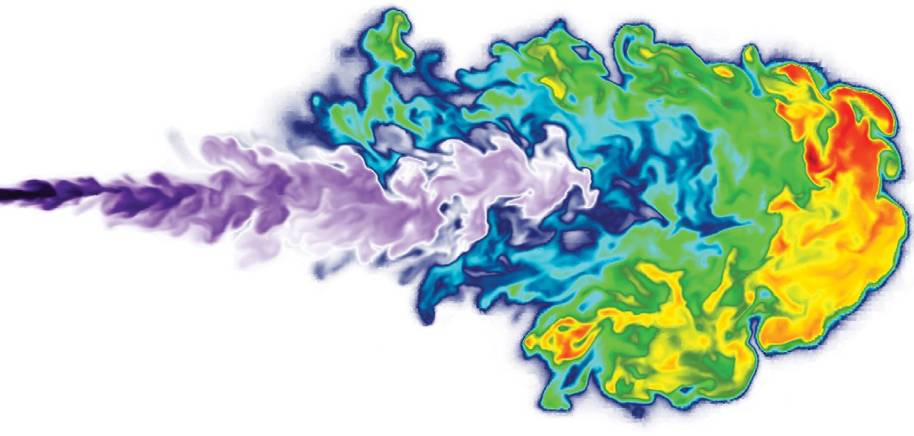
The picture shows a detailed schematic diagram of the oil mist spray flame of a compression ignition engine under the simulation of high performance calculation tool and TFM tool. We can see the obvious high temperature zone and low temperature zone.
Michael Franke, director of light diesel and commercial engines at FEV, said: "For commercial vehicle engine designers, it is currently in a very exciting period." Under the US Tier4 Final emission regulations, developers must be shorter. Within the design cycle, the relevant regulations are met. Franke said that because of the opportunity to optimize products in the industry according to Tier4 Final standards, the focus has now shifted to long-term goals such as meeting end-user needs and responding to fierce competition.
Of course, this exciting state of the art is also worthy of vigilance, especially in the small engine sector. “The engine sector has always been very cost sensitive. Today, we have found that many foreign manufacturers have entered or are trying to break into the US market with some low-cost products.†Franke explained, “China and India have begun to be in the field of road vehicles. The implementation of the National VI and Bharat-VI standards is progressing quite rapidly.†These newcomers can fully meet the EPA's Tier4 Final off-highway equipment emission standards through the application of technology, so there is no compliance in the US and European off-highway vehicle engines. Difficulties in terms.
The latest Stage V standard will also present new challenges, especially for high-power engines above 37 kW. The Euro 5 standard specifies the amount of particulate matter in the vehicle exhaust, which is not available in the US standard. Franke predicts that engine manufacturers may have to rely on particulate filters to meet the requirements.
Generally speaking, the internal space of off-highway vehicles is very limited, so adding a particulate filter is not an easy task and may require the use of an SCR (Selective Catalytic Reduction) coating filter. Franke also mentioned that under the Euro 5 standard, it is equally challenging to achieve the latest HC + NOx emission requirements for engines up to 37 kW, which may require the use of EGR (exhaust gas recirculation) and DOC (diesel oxidation catalyst) filters.
Mixing multiple technologies can help manufacturers address compliance challenges, “but how much technology can help, depending on which technology is applied.†Franke said, “The future automotive industry’s demand for modular engine architecture will grow. It is convenient for manufacturers to flexibly install some electrified components to take advantage of the hybrid technology while keeping the core components of the engine as constant as possible."
To promote industry understanding of hybrid technology, FEV has introduced a patented ITES system that enables organic integration of turbo compounding, electrification and pressurization technologies. Franke said: "In order to meet the customer's custom application requirements, FEV has developed a modular engine and powertrain architecture, and can achieve cost optimization benefits by achieving high component sharing in a large number of different applications.

With the miniaturization of the engine, FEV's patented IITE system can increase the fuel economy of road vehicles by more than 15%. FEV said that the company is currently verifying the application of the system in off-highway vehicles.
System Engineering Helps Modular DevelopmentThaddaeus Delebinski, Head of Diesel Systems Business Unit at IAV, agrees that “the introduction of a modular architecture in engine design is necessary.†The challenges in the off-highway vehicle sector are even more severe, with the exception of a wide variety of equipment types and various regulations. The use of fuels also complicates the situation. For example, the importance of natural gas is increasing. “But there are not many natural gas equipment sold.†If the components are not shared to the maximum extent, the cost of producing the engines in small batches. It is easy to get out of control. In this context, engine manufacturers must be modular in design to meet the needs of different applications and markets.
Delebinski believes that adopting a holistic approach to system engineering is the key to achieving component sharing. He said: "IAV has a model-based development methodology that reduces the amount of testing and verification work and does not require extensive use of expensive development resources such as high-altitude calibration, engine protection or virtual emission cycles."
Like other companies in the industry, IAV has also introduced simulation tools such as the Velodyn vehicle dynamics tool built specifically for Com Apps. Velodyn can be combined with Gamma Technologies' GT Power engine tools and Siemens' Amesim hydraulic tools for up to 1.5 MW of power test equipment.
Delebinski emphasizes that IAV is very good at control and calibration in emissions, OBD (on-board diagnostics) and predictive advanced diagnostics. He explained: “For example, we will work with some off-highway customers to fully understand the post-processing and diagnostic features of a device throughout its life cycle. In addition, the company will help customers achieve electrification, which will not only improve the fuel of the equipment. Efficiency, and additional security and diagnostics are available.
According to Delebinski, data is very important, and today's data access will be more convenient and more content-rich. Delebinski said: "In this way, we can reduce the time required for testing and verification through a powerful data set." In addition, if real-world testing begins to expand from road equipment to off-highway equipment, data collection will become more important. At the same time, it will usher in more opportunities.
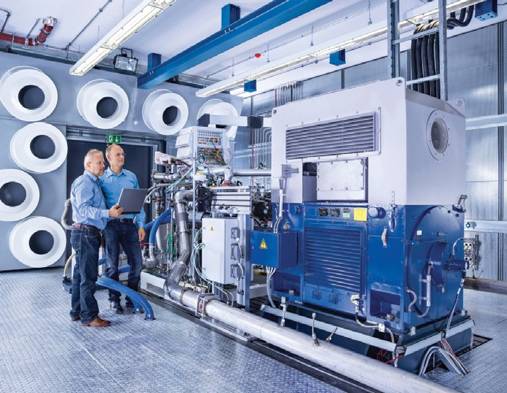
IAV has a large number of dedicated test benches, from component testing to heavy-duty engine test benches up to 1.5 MW, with portable measuring systems for vehicles and machinery.
Tools and cost of ownershipIn assessing system engineering, especially the total cost of ownership, we must take into account more aspects. Jonathan Dutton, Director of Transportation and Mobile Travel, Dassault Systemes, explained: “We will help our clients with multidisciplinary R&D and do a lot of work in this area.†Dassault Systemes was first known for its CATIA computer-aided design software. More software tools have been introduced, covering product lifecycle management, simulation, data and data integration, and supply chain management.
Dutton said: “Frankly, our truck and passenger vehicle tools are equally applicable to other off-highway vehicles, but there are some differences in specific requirements.†For example, this difference may only be reflected in engine load. In short, the engine of a road vehicle usually needs to smoothly output the load, and when the off-highway vehicle such as an excavator is full of the bucket and starts to lift, the engine load may undergo drastic changes in a short time. Dutton said: "However, there are still many tools that can be shared between road and off-highway vehicles during development."
Dassault Systemes' tools can be divided into four main areas: multidisciplinary physics simulation; optimization and analysis tools based on "Design of Experiments" mathematical solutions; new technology simulations for hybrid systems; and coverage of complete products The Systems Engineering tool includes linking engine requirements to design throughout the life of the product.
Dassault named its application platform 3DExperience and considered it important to mimic and understand the user experience. The company believes that only by actually sitting in the cockpit and feeling the complete operation of the equipment, can you begin to understand the needs of the engine, and you need to use CAD design, mechanical simulation, control and system simulation, and knowledge of casting and assembly to get the cost. And a comprehensive understanding of the experience.
The goal is to reduce engineering costs and provide higher quality designs to meet multiple target requirements for performance, operating costs and manufacturing costs. Dutton said: "Our customers want to minimize the number of prototypes required, and simulation technology can help us achieve this."
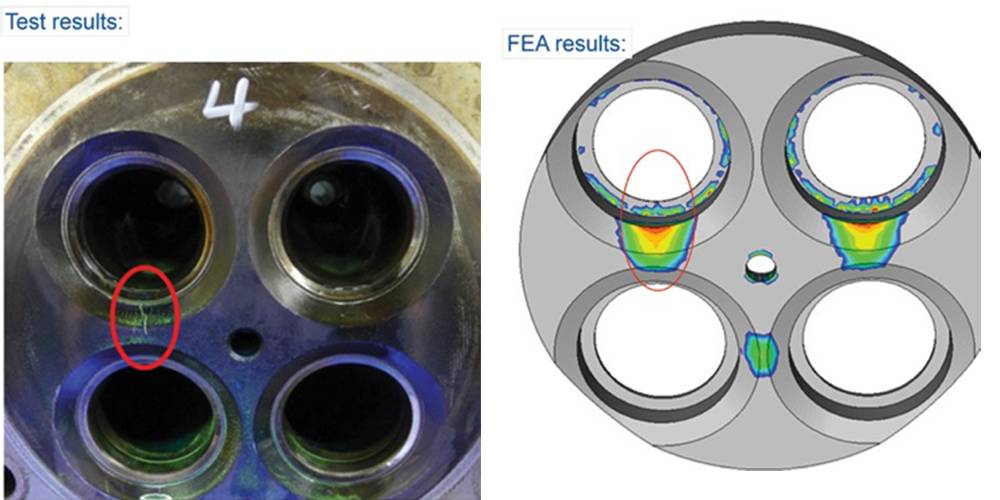
By correlating the simulation results with the actual test data, AVL found cracks in the bridge between the exhaust valve and the intake valve.
The details are the devilThe new emission requirements and their impact on the engine architecture are very significant and require us to pay more attention, but other engineering problems in the engine will not disappear, and may even become more serious. Michael DeJack, senior technical expert at AVL, gave a good example of how to solve the problem of low-cycle fatigue. Like other companies, AVL has used a range of commercial tools and in-house expertise to solve the headaches of low-cycle fatigue.
The durability of the engine is facing unprecedented challenges. “The ever-increasing emission standards will place higher demands on engine combustion technology, and engine cylinders will have to withstand higher pressures and temperatures,†explains DeJack, which will place higher demands on the thermomechanical fatigue performance of the engine, especially It is on the cylinder head. Compared with high cycle fatigue during operation, thermomechanical fatigue mainly comes from low cycle heating and cooling of the engine from start to finish.
As with any other engineering design, this solution also requires some trade-offs. “You can use different materials to increase the strength, but at the same time you need to make sacrifices in thermal conductivity. In this case, we have to move the cooling jacket closer to the flame and make the cylinder wall design thinner. DeJack said materials to choose from include cast iron, cast iron (CGI) and ductile iron. However, the evaluation of these materials is not easy due to the application of finite element models for complex material behavior.
If the devil is in the details, then the solution may be in the data. AVL chose Dassault Systemes' popular Abaqus nonlinear finite element simulation software. “Thermal mechanical fatigue increases the viscoplasticity of the material, so we chose a more advanced material modeling tool, the Z-Mat from Northwest Numerics. We have developed and calibrated this Z-Mat tool. A library of advanced material models. In addition to modeling the viscoplastic properties of materials, AVL has developed several damage models to simulate material failure times due to thermomechanical fatigue.
In fact, AVL has developed a large number of iCAE toolboxes around Abaqus and other commercial tools, and low-cycle fatigue analysis is just one of them. He said: "This is actually a knowledge base, from which we can query the detailed workflow, material data, scripts, analysis results and other code tools of hundreds of analysis tasks, such as AVL's Fire Computational Fluid Dynamics tool and Excite. Dynamic tools."
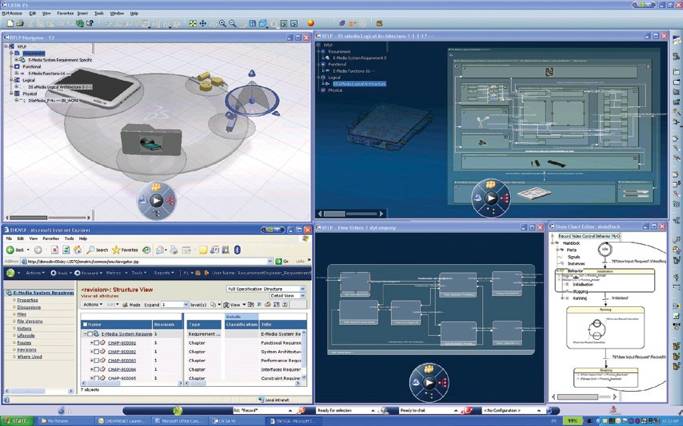
Dassault Systemes' V6 engine solution uses a number of requirements, functional, logic and physical (RFLP) models to more fully understand any product from the perspective of integrated systems engineering. In addition, the system's real-time interactive capabilities provide "backward" traceability for a variety of simulations. As shown, the top left screen will show the full system; the bottom left shows the requirements; the top right is the logical architecture; the bottom right shows the functional architecture.
Direct simulation of combustion to achieve breakthrough
In general, the main difficulty in combustion simulation is the specific details of fuel injection and in-cylinder combustion, and these details will have a huge impact on the overall emission level and fuel economy of the engine. According to Dr. Sibendu Som, head of the Agang National Laboratory (ANL) and chief computational scientist, the simulation of these details will generate a lot of calculations. Because of this, ANL Lab's high-performance supercomputing center remains an important resource on which a large number of engine developers rely, including heavy-duty engines and off-highway vehicle engines.
ANL's partners include truck and locomotive engine customers in the road and off-highway sectors. For example, the company used advanced heat transfer models and precision injection models to help customers develop an optimized injector thermal barrier coating.
Another challenge in the field of combustion simulation is to understand the chemical kinetics of in-cylinder combustion. In general, there are as many as 3,000 to 5,000 chemical components in fuels such as gasoline or diesel, and hundreds of reactions may be involved in the combustion process. As of now, direct simulation of real fuels is still too complex, so engineers typically tailor a model fuel with only 70 to 80 components to replace complex fuels with complex compositions. In general, this model fuel is enough for engineers to simulate heat release rates and in-cylinder boosts, but still cannot simulate the formation of particulate matter or soot. However, as people learn more about the health effects of soot, this has become an important area of ​​research.
However, this issue will improve with the introduction of ANL's Tabulated Flamelet Model (TFM) tool. TFM can better model soot behavior and explore the low-temperature combustion characteristics of engines that OEMs have been paying attention to.
Som said: “With our latest technology, developers can spend up to 20% of their calculation time to model real fuels that make up up to 5,000 chemical compositions.†It turns out that this may give fuel high fidelity simulations. The field has brought important breakthroughs.
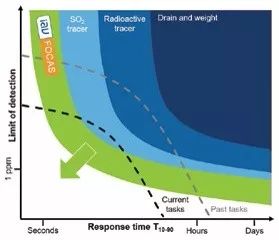
Understanding transient conditions is inseparable from dynamic fuel consumption measuring equipment. According to AVL, IAV's new FOCAS system not only expands the detection limits but also optimizes response times.
Real-time fuel consumption measurementNowadays, the fuel consumption of off-highway vehicles is very huge, which makes the whole industry very distressed. Fuel consumption can cause problems such as EGR cooler fouling, valve seizure, diesel oxidation catalyst poisoning, and particulate filter soot accumulation. Robert Dolan, head of IAV's design and integration business unit, explained: "The accumulation of soot is a big problem for aftertreatment equipment."
Dolan said that until today, how to determine the specific reasons for high fuel consumption has always been difficult. However, IAV's FOCAS measurement system may give the automotive industry a new solution to measure the oil content of any gas using mass spectrometry.
Dolan explains: “We can test various types of airflow, including exhaust, air leaks, gas exchange between cylinders, and determine the role of the turbine by studying the turbo front and rear airflow.†FOCAS system can replace Dolan The old method of "drying and weighing" means that the quality of the fuel is carefully measured before and after the test to determine the consumption during the combustion process, and then the fuel consumption data is obtained. This method can only measure the total fuel consumption and is greatly affected by the test cycle. Dolan said testing with the old method could take weeks or even months.
Dolan said, “Now, with the help of the FOCUS system, we can complete all fuel consumption measurements on the test unit or chassis platform in just a few days.†By moving the test to the real test cycle of the real engine, “ We can greatly shorten the measurement time and provide more help to our customers."
“This new approach will be particularly useful because of the real-world operating conditions of the real world, and the durability of the post-processing system may differ from the predictive verification phase,†Dolan said. “With real-time systems such as FOCAS, we are able to A complete new understanding of the unique transient state and load conditions of the customer's vehicle is achieved – for example, in transient conditions, the calibration may inadvertently cause the piston ring to flutter, resulting in fuel consumption. The fidelity of the FOCAS system is much higher than the traditional “drying and weighing†method.
At present, although the FOCAS system is still mainly used in test benches or dynamometers, it will be more involved in on-site fuel consumption testing under real conditions in the future. Currently, IAV is working with a client to perform proof of concept.
Background Frame,Photography Backdrop,Photo Studio Background,Photography Studio Backdrop
SHAOXING SHANGYU FEIXIANG PHOTOGRAPHIC CO.,LTD , https://www.flying-photography.com
